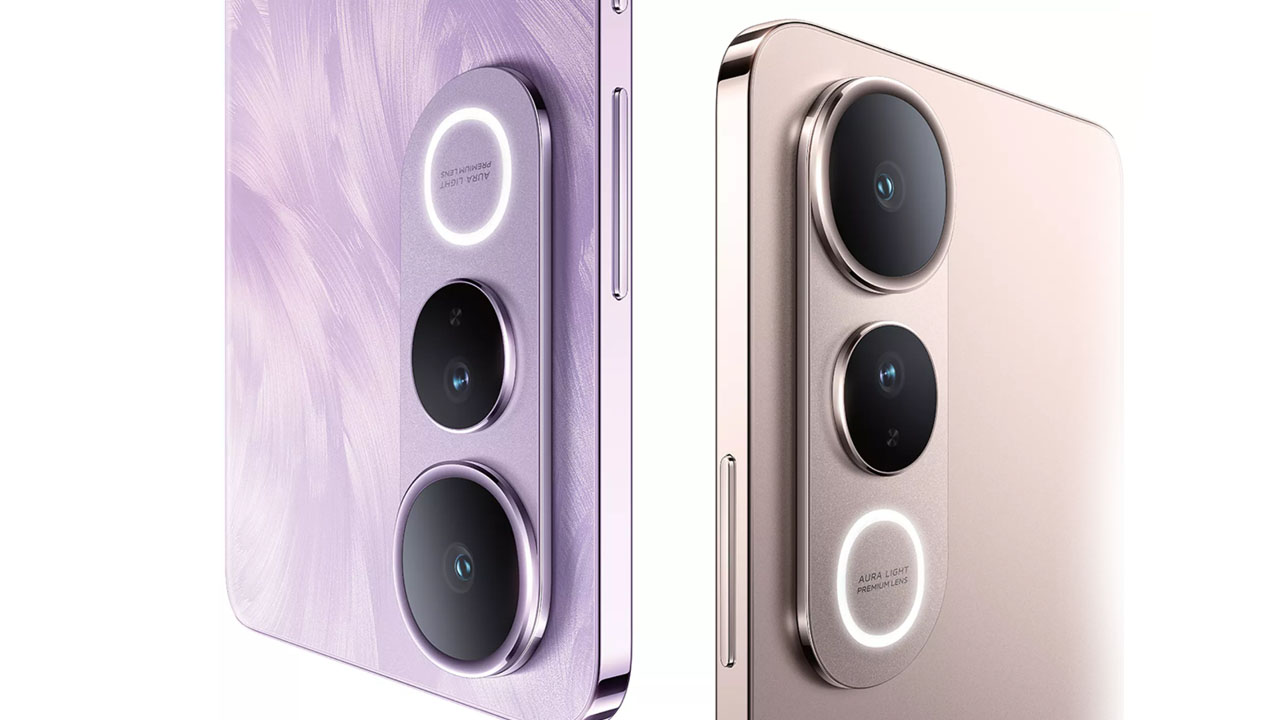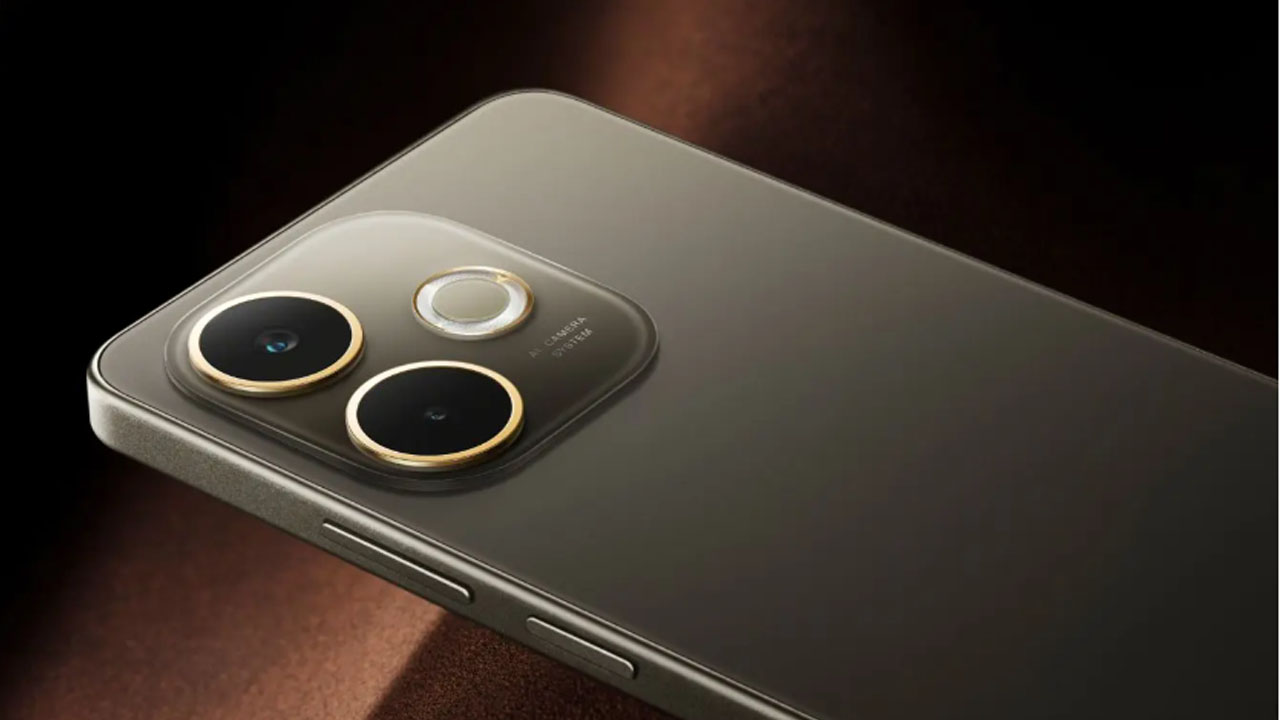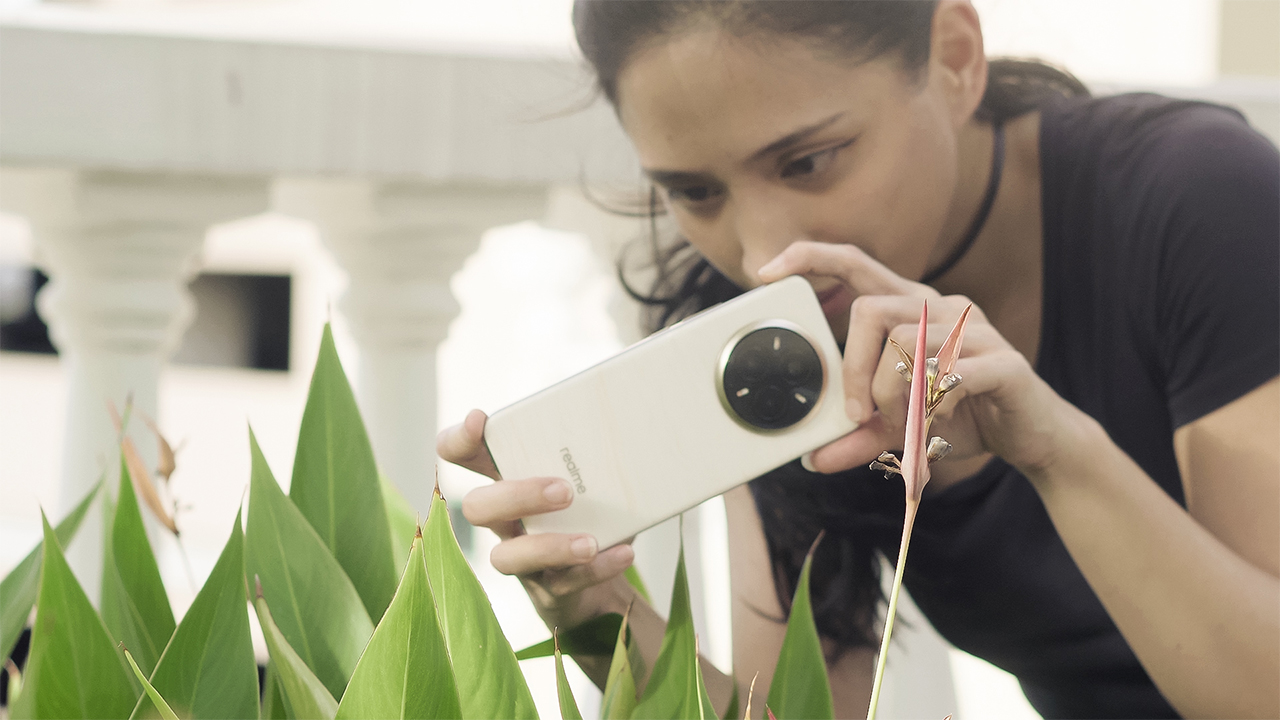Unfortunately, mining established coins like Bitcoin and Ethereum can exhaust even the most powerful flagship phones. It also drained the phone battery like crazy. To protect its customers from the inevitable performance degradation of their devices, Google eventually banned mining apps from its Play Store – only allowing crypto monitoring apps on their platform.
But if you think about it, there are millions (maybe hundreds of millions) more smartphone users than people with computers powerful enough to do crypto mining. Virtually everyone – from tweens to senior citizens, students to CEOs (I’ve even met a couple of street beggars with smartphones) – has it. If someone can invent a new type of cryptocurrency based on the colossal reach of the smartphone market without damaging the devices… well, that’s a goldmine waiting.
Fortunately, three somebodies did exactly that. Standford graduates Nicolas Kokkalis Ph.D., Chengdiao Fan Ph.D., and Vince McPhilip M.B.A invented a new type of cryptocurrency that sets out to re-imagine Bitcoin as a social, mobile-first currency: the Pi Network, aptly launched on Pi Day 2019.
What is Pi?
Pi is a new type of cryptocurrency that you can ‘mine’ (or earn) through your phone. If you’ve heard of Bitcoin, the underlying philosophy of the two coins is the same. They are a new form of digital money maintained and secured by a community instead of governments and banks.
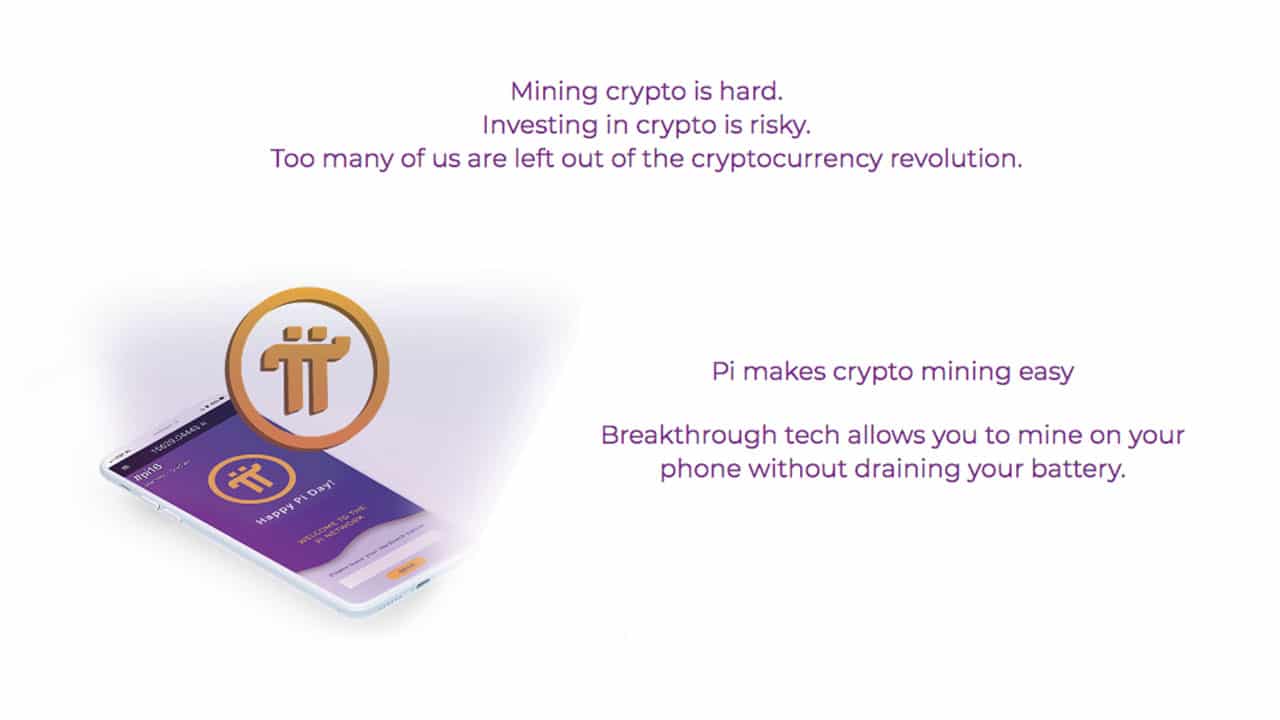
RELATED: 3 easy steps to start Bitcoin mining today
How do I get in?
Install the Pi Network app from Google Play or the Apple Store and activate it.

Right now, the Pi Network is by invitation only, like exclusive parties of celebrities where you can’t just show up uninvited. Fortunately, I was able to snag an invitation code that we can all use. Use the code: likebitcoinpioneers when the app asks for it.
Next, tap the green Lightning Bolt icon once per day… and that’s it! When you press that icon, you are proving to the system that you are a person and not a bot or software hoping to ‘game’ the Pi system. If you want to earn more Pi, you can also invite other users to join you in your social circle.
Invite others? Wait. That sounds like a pyramid scheme
Some people have expressed concerns that the Pi Network model sounds like a multi-level marketing scheme. The developers argue that it’s the Pi Network’s answer to the problem of bitcoin mining.

Mining Bitcoin (or other cryptocurrencies) rely on an energy-intensive algorithm requiring specialized, expensive machines such as Graphics Processing Units (GPUs) or Application Specific Integrated Units (ASICs). They use up a lot of energy that translates into high electrical costs, require space for the machines (ideally temperature-controlled), and require a bit of technical proficiency. As such, it’s hard for an ordinary person to get into mining.
“Unfortunately, in their current state, most cryptocurrencies remain out of reach of the everyday people who could most benefit from the technology.” Fan once stated. The Pi Network model hopes to overturn that.
Instead of using expensive machines to secure its ledger, Pi accomplishes the same work by having its members guarantee for each other as ‘trustworthy’. By tapping social ‘security circles’ (something that every smartphone user has) as a substitute for a complex algorithm, Pi can be used by anyone with a smartphone.
These expanding/interconnected ‘security circles’ create a global network showing trustworthy record transactions. A user can ‘mine’ directly from their phone by leveraging their existing social connections.
Is it dangerous?
First, let’s get it out of the way: Pi DOES NOT ask you to invest money. It requires no financial investment. The app is free to download and use. This is a crucial differentiator from pyramid scams. Second, the app does not damage your phone. It uses nominal electricity and does not drain your network data. Just open the app once a day and tap the green Lightning Bolt icon. You can safely close it after and it will continue ‘mining’ for you.

Third, there are no dubious permission requirements that the app asks you to agree on. It doesn’t need to monitor your phone usage or location or even access your contacts to operate (although you can give it access to your contacts if you want to invite people). It doesn’t use your mic, your camera, or need access to your images.

The only thing the app needs from you is to open it once a day and to tap the green Lightning Bolt icon. To know more about Pi, you can go to their FAQ section. Better yet, you can even read their white paper.
So will I be rich now?
Hold your horses. Right now, Pi is NOT free money… not yet, anyway. The coin is not yet traded so its value is currently at $0 – the same value of Bitcoin when the Bitcoin network was launched in January 2009 with Satoshi Nakamoto mining the genesis block of Bitcoin (block number 0).
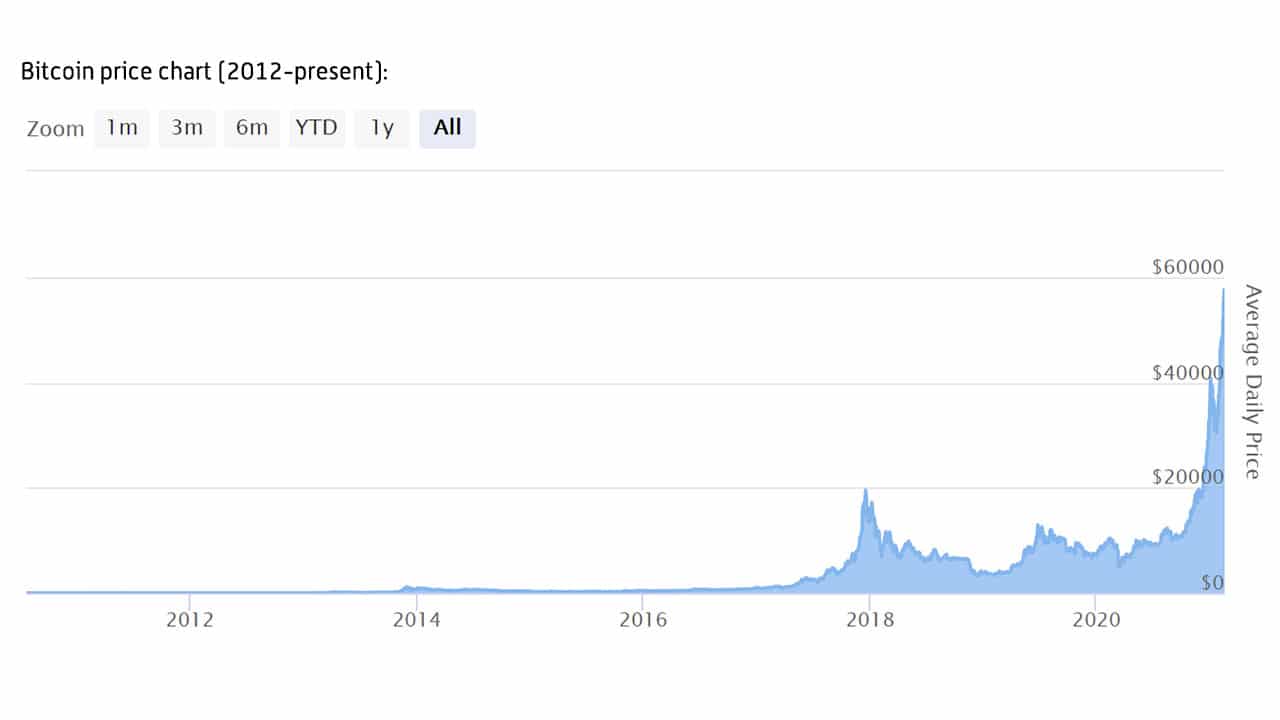
Since then, Bitcoin has gained incredible, almost unbelievable value. Twelve years later, Bitcoin’s all-time high (as of publication) was at 1BTC = $58,332.36 (February 2021). If Pi ever does amount to something, it will obviously take a long, long time.
A long wait… and then a rocket to the moon
So why should I bother if it’s worth nothing?
That’s probably the same perspective of people who heard about Bitcoin when it was launched. Back then, the concept of cryptocurrency was only in the minds of cryptographers and high-level mathematicians. For the ordinary person, devoting his/her computer’s resources and electricity to a ‘coin’ that’s worth nothing sounded insane.
I bet those people would trade anything to go back in time and change their minds about Bitcoin.
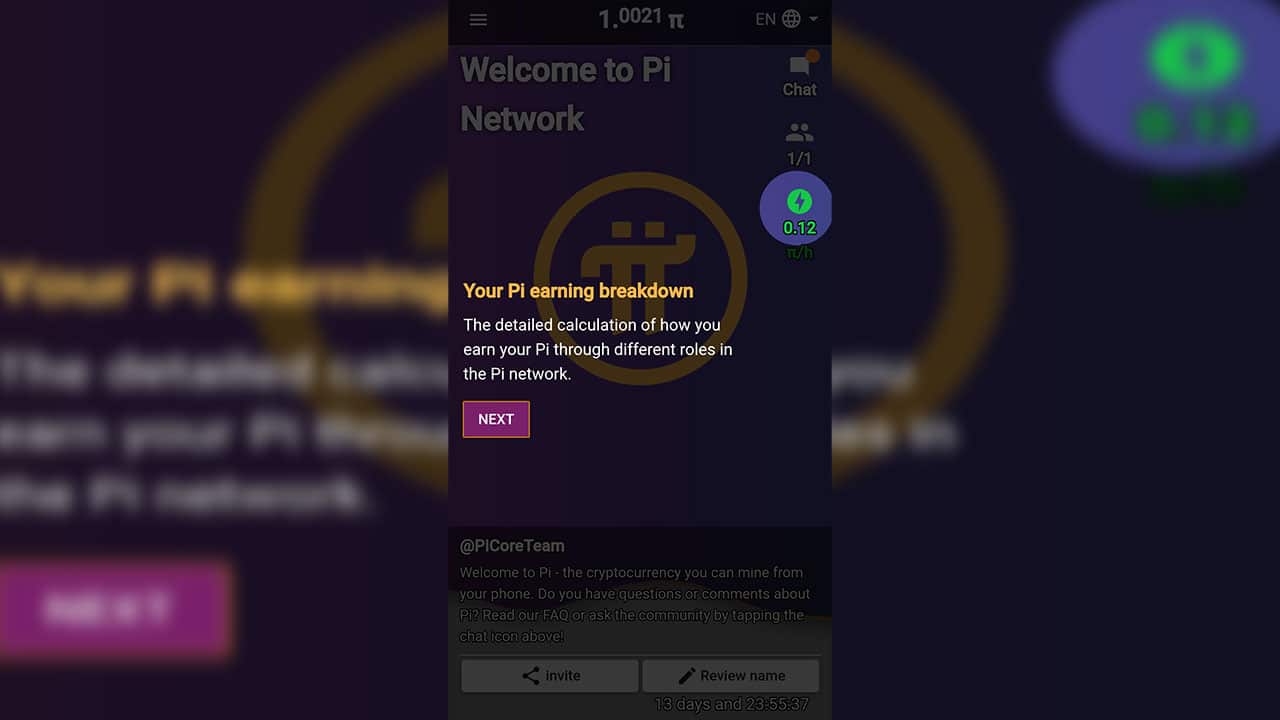
No one really knows if Pi will ever have worth like Bitcoin. Maybe it will remain value-less. Maybe it will never be relevant. Maybe (as some critics humorously ponder) it’s not even real, just a social experiment – a test to find out how long people would support something when there are no concrete promises to hold on to. Pi may be the first smartphone-centric cryptocurrency initiative out there, but that doesn’t guarantee that it will succeed.
The opposite of that, of course, is the possibility that eventually, something worthwhile will come out of Pi.
Considering Pi’s strengths (use of already-existing, titanic global network, ease of use, no financial investment requirement), the rational course of action skews on trying it out. If it doesn’t work out, the only thing users are likely to lose are the second or two every day it takes to use the app. We dump far more of our time on TikTok or Facebook. If it actually works and becomes valuable, then users can be in on an amazing payoff.
Is Pi the only one of its kind?
Not at all. After the Pi Network’s remarkable growth (10 million Pi users as of December 2020, according to the developers), several clones have started popping up. There’s the Bee Network, Phoneum, Timestope, Spotter, Midoin, Reflex, Cowcow, and Initiative Q.
A note of caution: apart from copying the concept of the Pi Network, some of these apps are less transparent, may require you to watch ads, have a vague white paper, and enjoy a smaller user base. Just do your due diligence before you jump into one.
To Pi or not to Pi?
That’s a question only you can answer. Maybe opening an app and tapping an icon every day is too much to ask from you. Maybe staying with it for a decade and faithfully contributing to the community will still end you up with nothing. Or maybe it’s a chance to be a part of something remarkable – like the Bitcoin pioneers.
No one can tell. No one has a working crystal ball. No one really knows what will happen.
Only you can decide whether you’d want a slice of Pi.

